Social media is buzzing with footage that is hard to watch: Google’s flagship Pixel 10 Pro XL completely falling apart while trying to run Genshin Impact. Clips showing distorted textures, broken controls, and severe screen tearing are spreading like wildfire across platforms, according to Android Authority. The timing could not be worse for Google, because these viral moments are raising blunt questions about the company’s bold decision to switch GPU architectures in its latest flagship series. What started as scattered posts has snowballed into a full-blown controversy. Temporary hiccup, or a sign of deeper compatibility trouble?
The root of the mess looks simple enough: old and new tech are colliding. Google moved away from ARM’s Mali graphics processors in favor of Imagination Technologies’ IMG DXT-48-1536 for the Pixel 10 lineup, as reported by Android Authority. HoYoverse, on the other hand, increased minimum requirements that excluded PowerVR graphics when it launched the v5.0 Heroes update that introduced the Natlan region. Put those together, and you get a perfect storm. Google’s newest flagship is running hardware that one of Android’s most popular games no longer officially supports, as noted by Android Authority.
That is the strategic sting. Google’s reasoning for the PowerVR transition sounded sensible on paper: better efficiency and performance than previous Mali GPUs. But when a top developer abandons an entire GPU family, it exposes the risk of backing a less common graphics solution in a market where compatibility rules the experience.
Why the PowerVR switch is causing headaches
This was not a simple chip swap, but a shift in graphics philosophy. On paper, the PowerVR DXT-48-1536 GPU looks strong. It targets 1.5 TFLOPS of FP32 performance and can boost to 1,100 MHz, according to NotebookCheck. In practice, many users see the opposite: the GPU often sits at its idle 396 MHz even under load, as reported by the same source.
That gap is what stings for buyers. The PowerVR architecture is not inherently broken, as it can deliver when tuned. The problem is the gap between what the hardware could do and the software stack propping it up. Benchmarks show outdated drivers can cap GPU clocks and kneecap real performance, according to WebProNews. In other words, Google launched powerful silicon that is not hitting its stride because of implementation and software maturity, not because of a fatal design flaw.
The driver dilemma behind the scenes
Here is where a path to a fix comes into focus. The Pixel 10 series shipped with driver version 24.3 for its PowerVR GPU, even though Imagination Technologies released a newer v25.1 driver back in August, as noted by Android Police. That newer package brings Android 16 compatibility, Vulkan 1.4 support, and beefed-up OpenCL features that could lift performance, according to the same report.
Google has not pushed that update to Pixel 10 devices yet, which means owners are running outdated GPU software on brand-new hardware, as reported by Android Authority. That lag hints at coordination issues between Google and its partners. If better drivers existed before launch, either Google held back to avoid last-minute bugs, or the integration simply was not ready in time.
The broader takeaway, shifting to PowerVR adds complexity to Google’s supply chain and software integration. The Mali ecosystem was familiar. Working with Imagination requires tighter handoffs, and the current stumble shows those handoffs need polish.
What this means for Pixel 10 owners
There is a silver lining; the problems look mostly software-related, not hardware fatal. Beyond the viral fails, independent testing is mixed. Some users report that PUBG Mobile, Call of Duty: Mobile, and even Genshin Impact can install and run under certain conditions, according to Android Authority. So the situation is messy rather than universally broken.
Google has a playbook for this. The company often ships GPU driver updates in Pixel Feature Drops, and it could tackle the PowerVR issues the same way, as noted by the same source. The next big window is December’s Feature Drop, which could deliver the v25.1 driver that promises compatibility and performance gains, according to Android Police.
There is room for cautious optimism. Past Pixels have seen GPU boosts of up to 62 percent through software updates, according to WebProNews. The wrinkle this time is not just raw performance; it is convincing major game developers who dropped PowerVR support to meet users halfway. December will tell us whether Google can fix both the speed and the ecosystem friction in one swing.
Where do we go from here?
Bottom line, Google is dealing with more than a driver patch; it is a strategic stress test. By adopting PowerVR graphics, the company risks a domino effect if more developers follow HoYoverse and pull support, as reported by Android Authority. This is bigger than one game glitching. It is about whether Google’s architectural bet creates ongoing compatibility potholes across Android gaming.
The competitive stakes are real. Yes, Google has pulled off big post-launch gains before, up to 62% improvements through software updates, according to WebProNews. Now it is racing both the clock and public perception, and those viral clips are not kind. December’s Feature Drop is the trial by fire. If it lands, the Pixel 10 story flips from flop to redemption. If it whiffs, the reputation hit could stick.
Looking ahead, Google may have to rethink its GPU strategy for future Pixels if developer support keeps eroding, as noted by Android Authority. That would be a hard pivot, only one generation after adopting PowerVR, a pricey lesson in the power of ecosystem gravity. For now, Pixel 10 owners have one job: hang tight for December and see if the update unlocks the performance this hardware was built to deliver. My read, the silicon has the headroom, the question is whether the ecosystem meets it halfway.




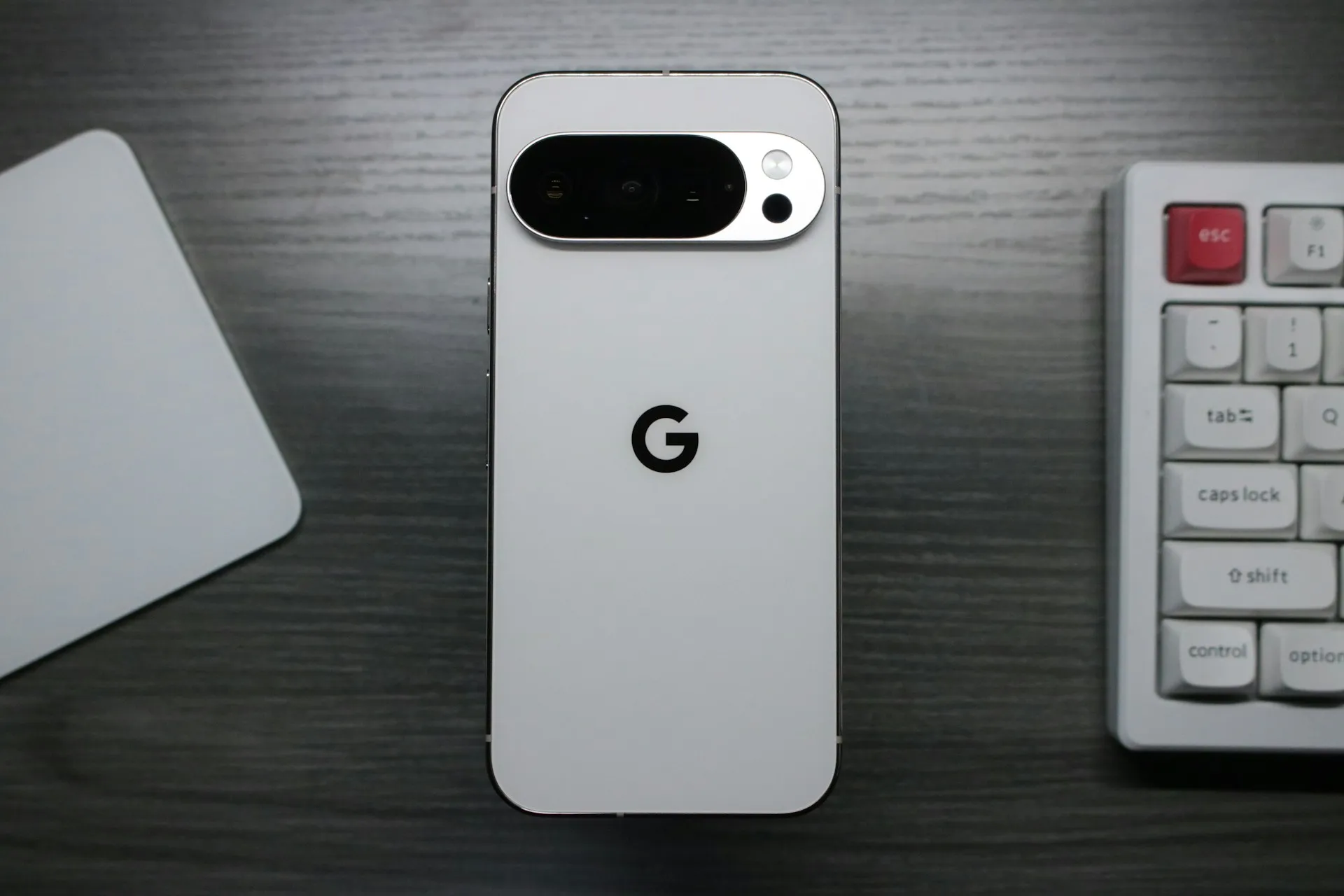
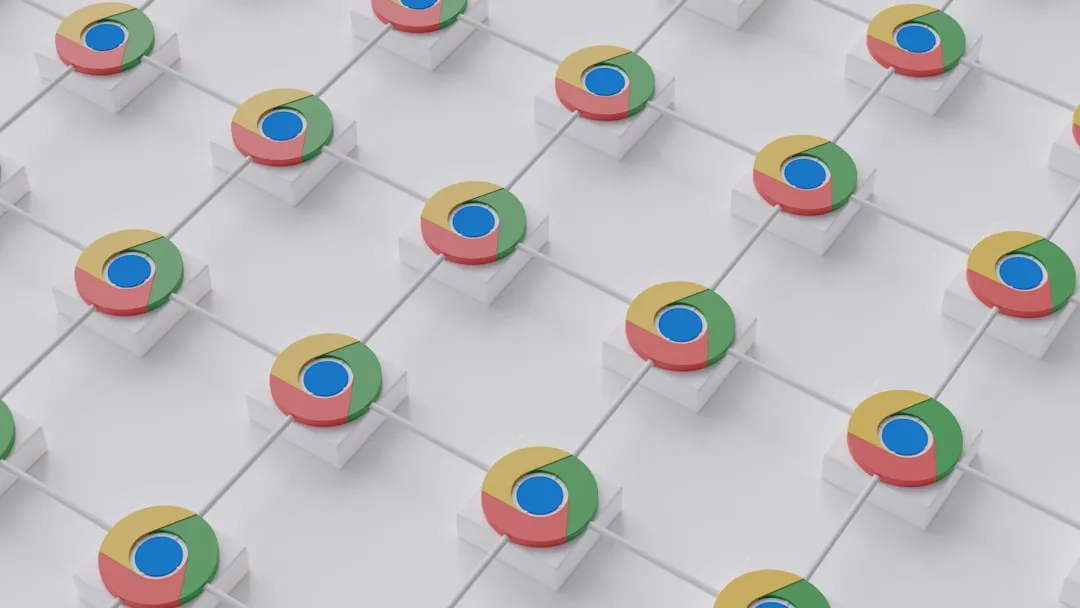
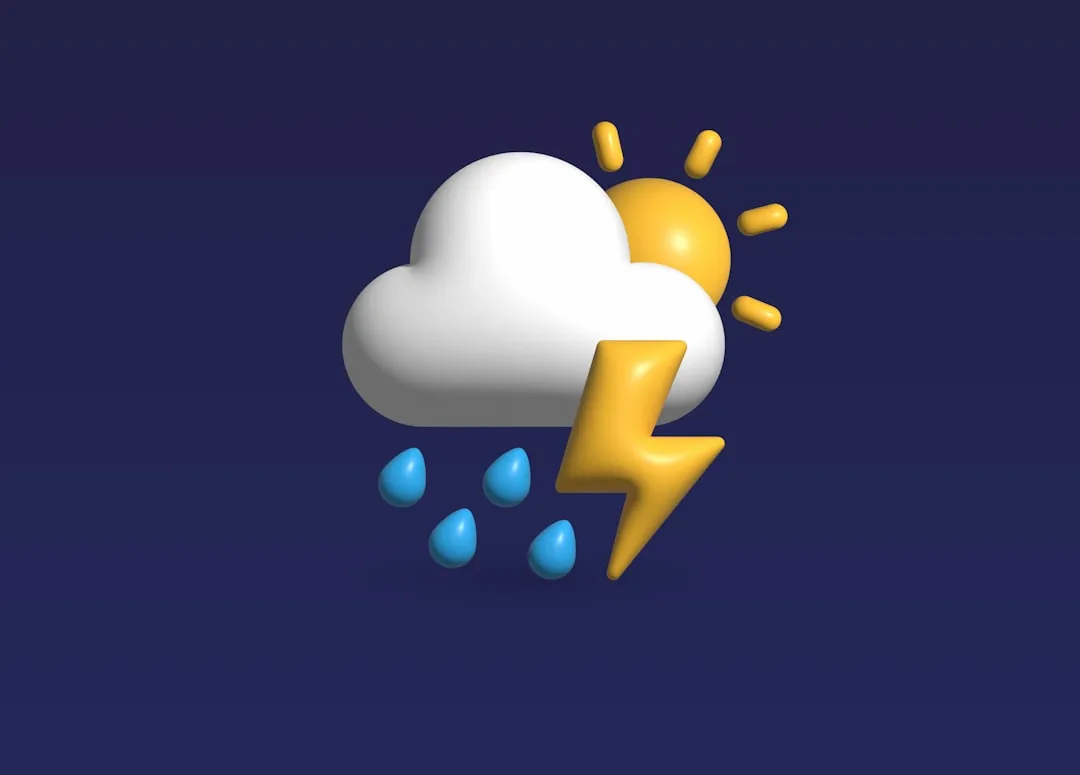
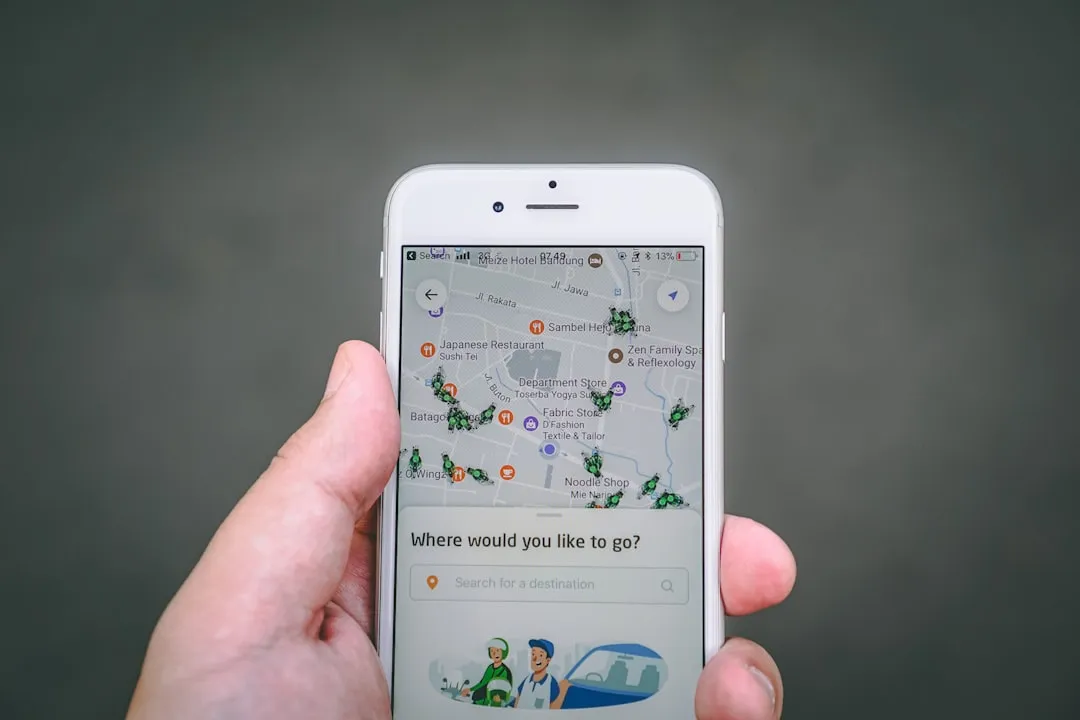
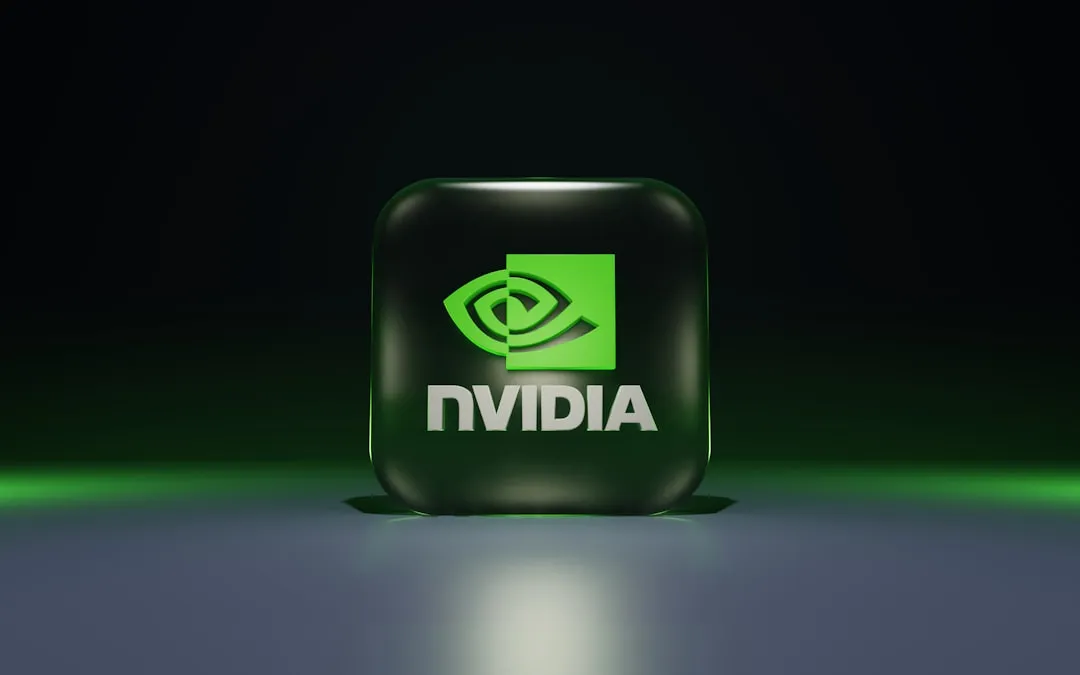

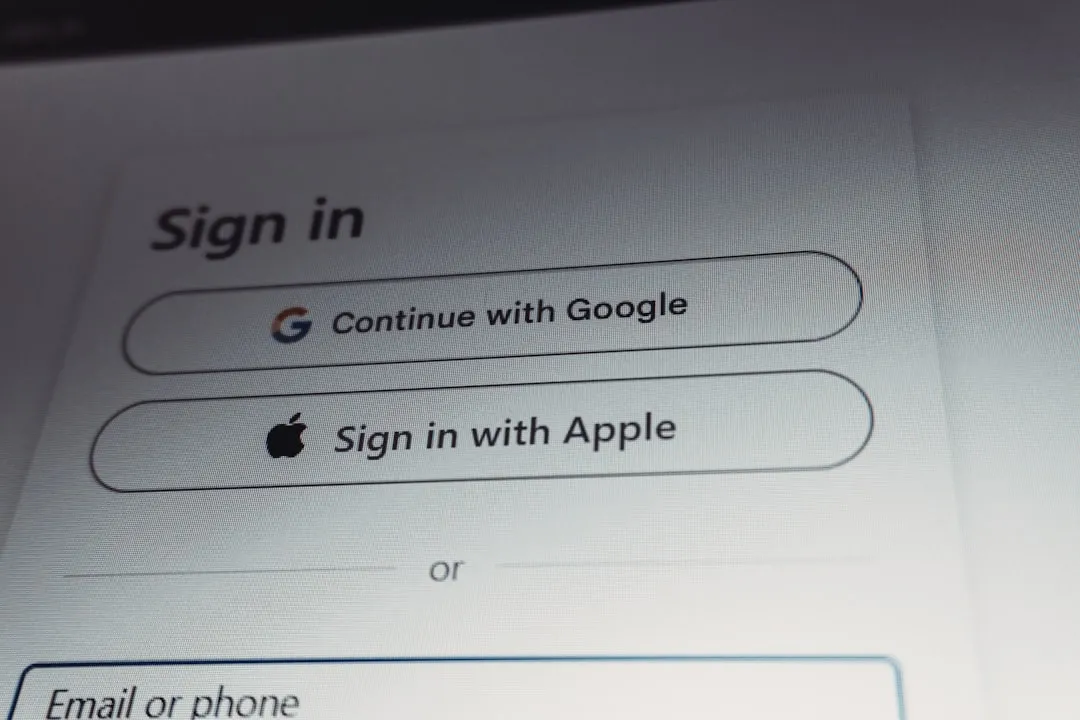
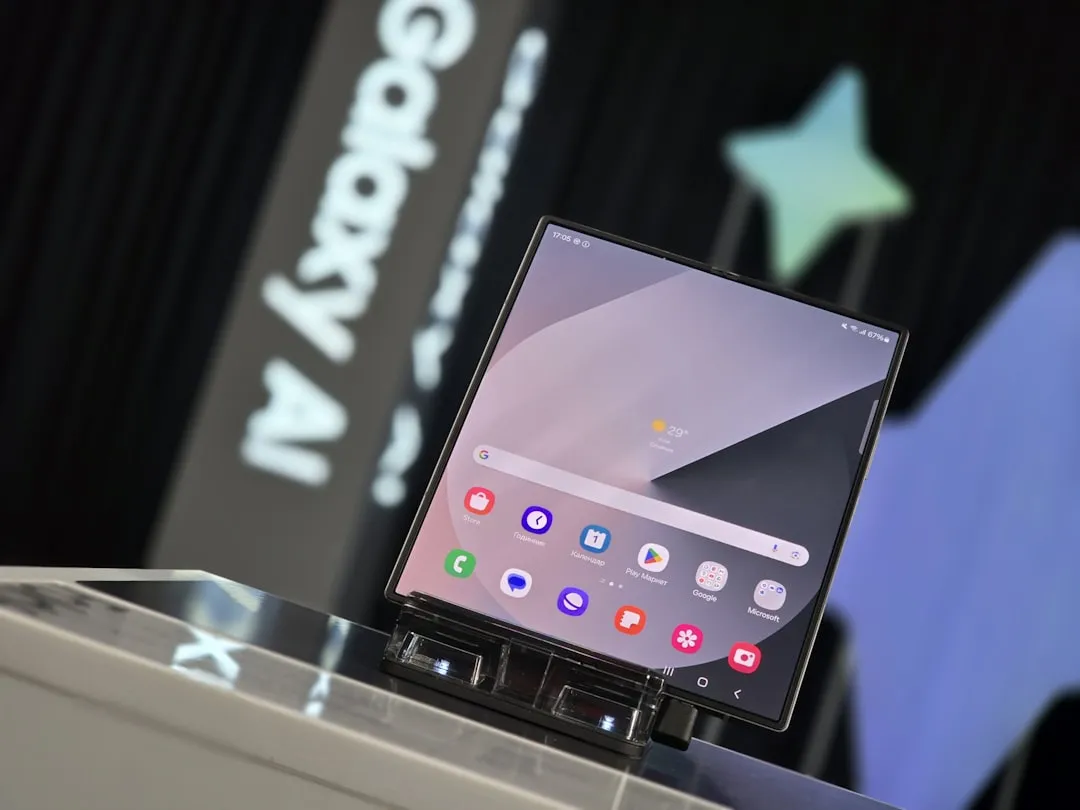
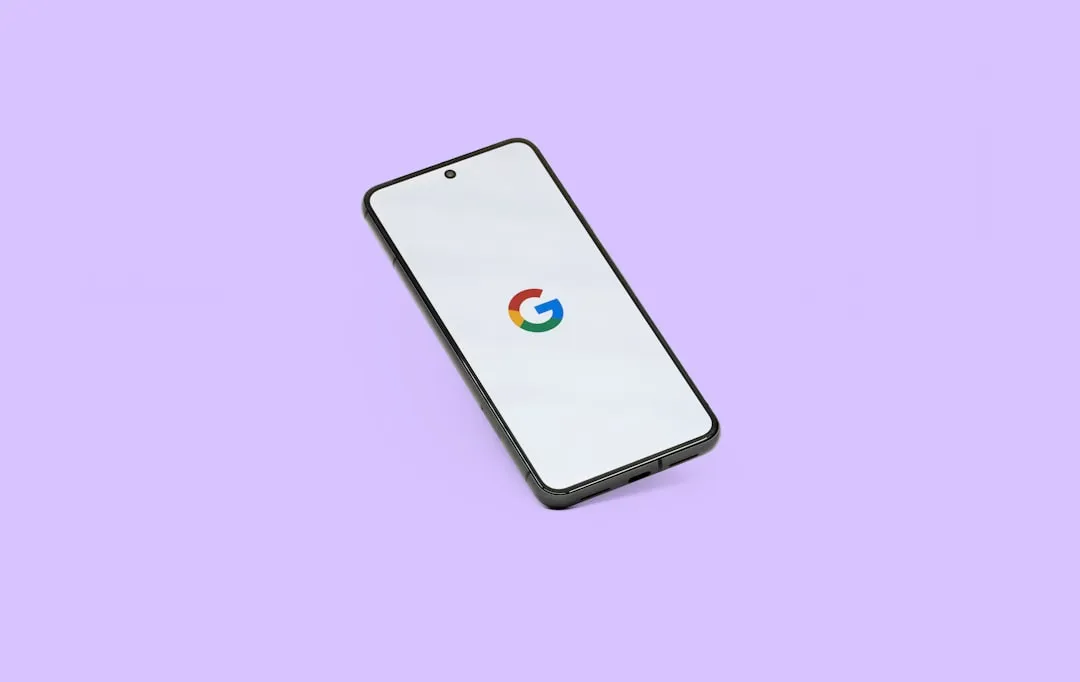


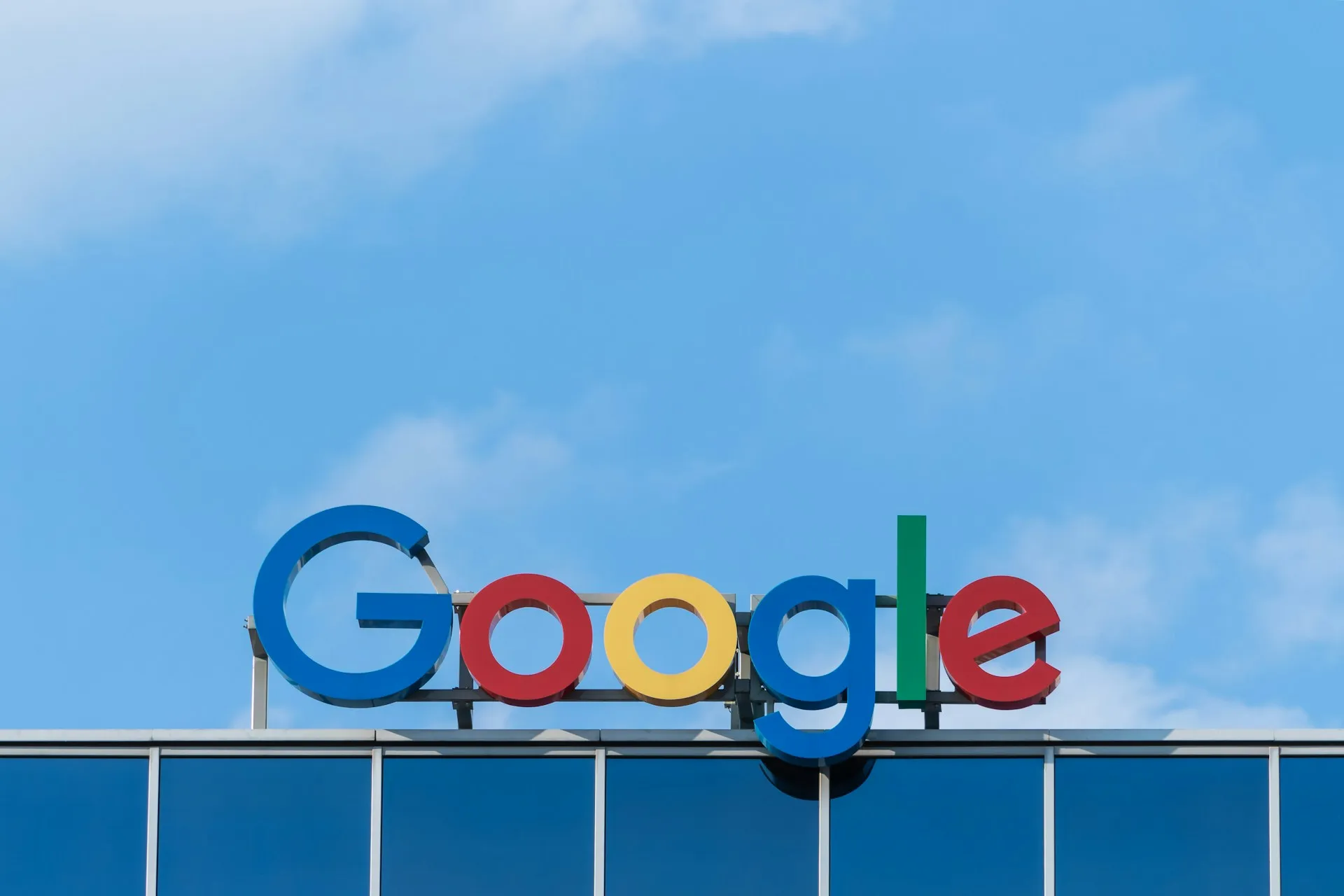


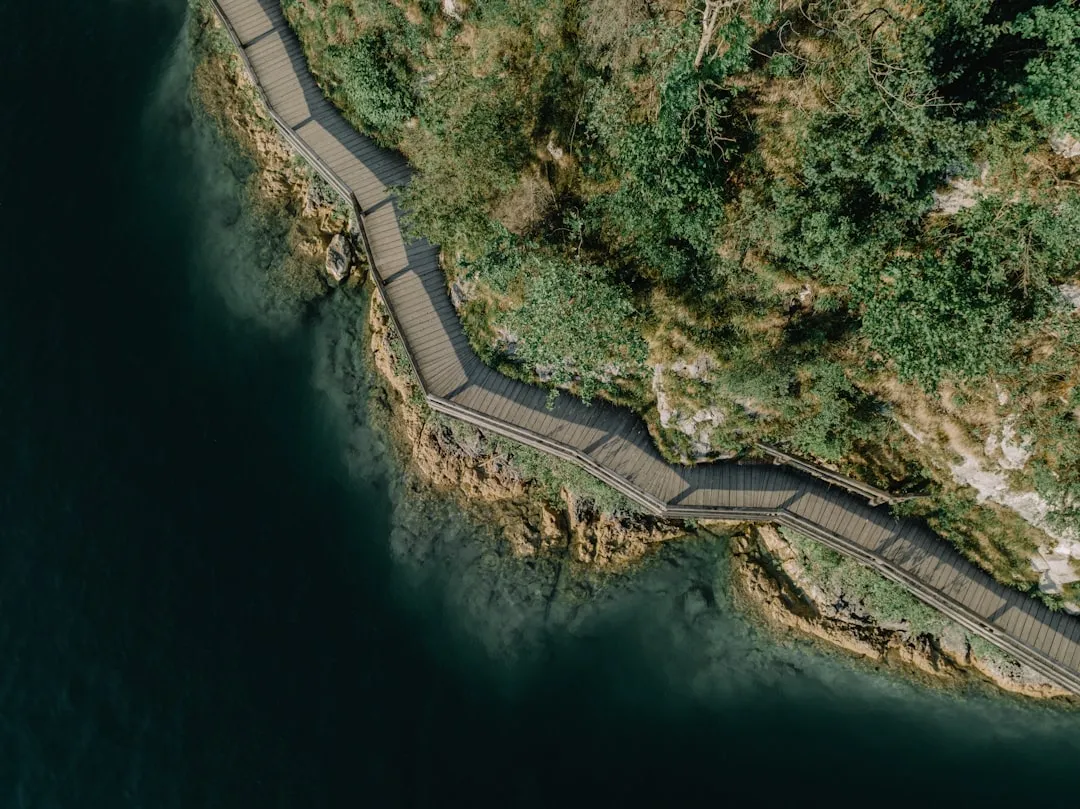

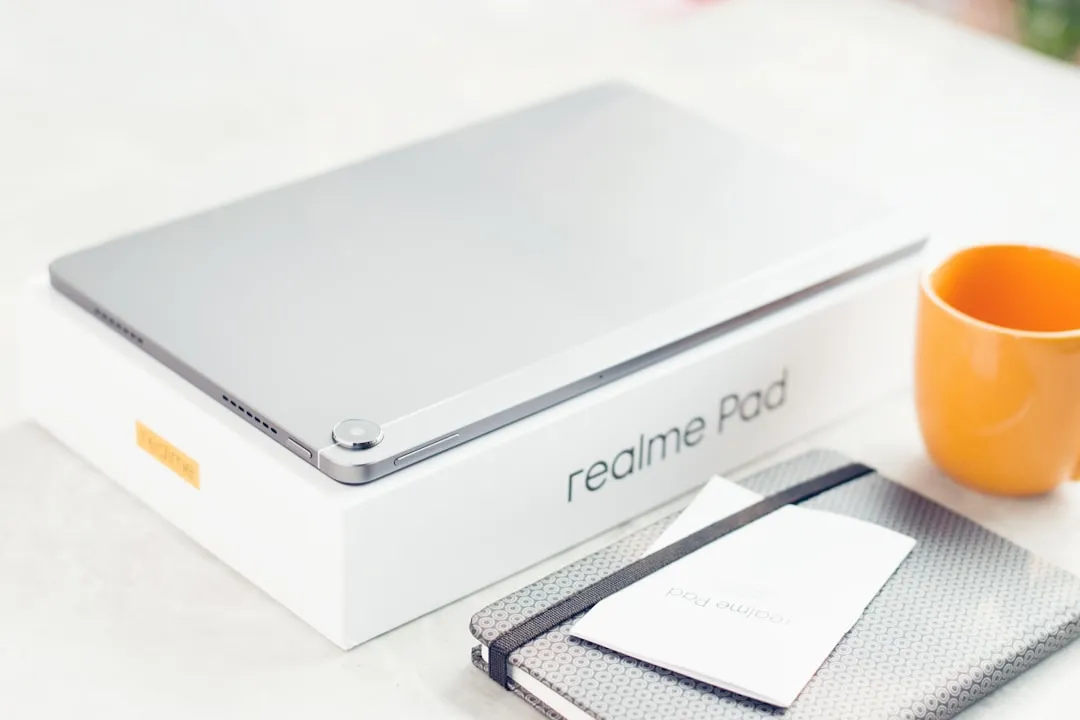
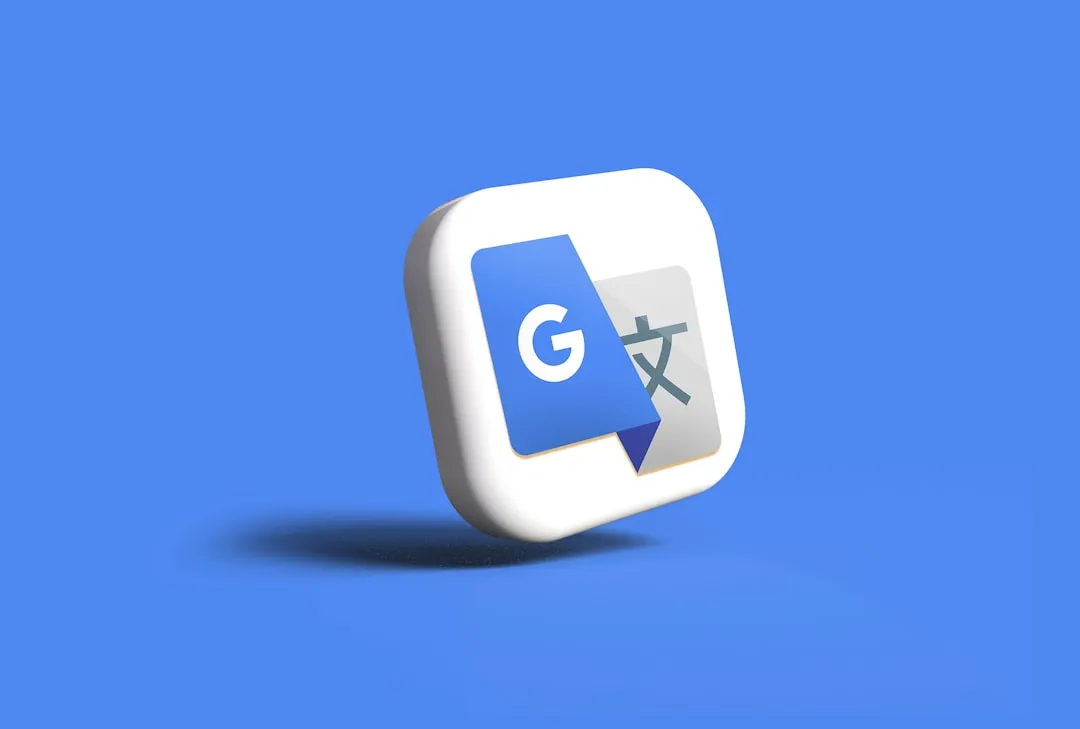

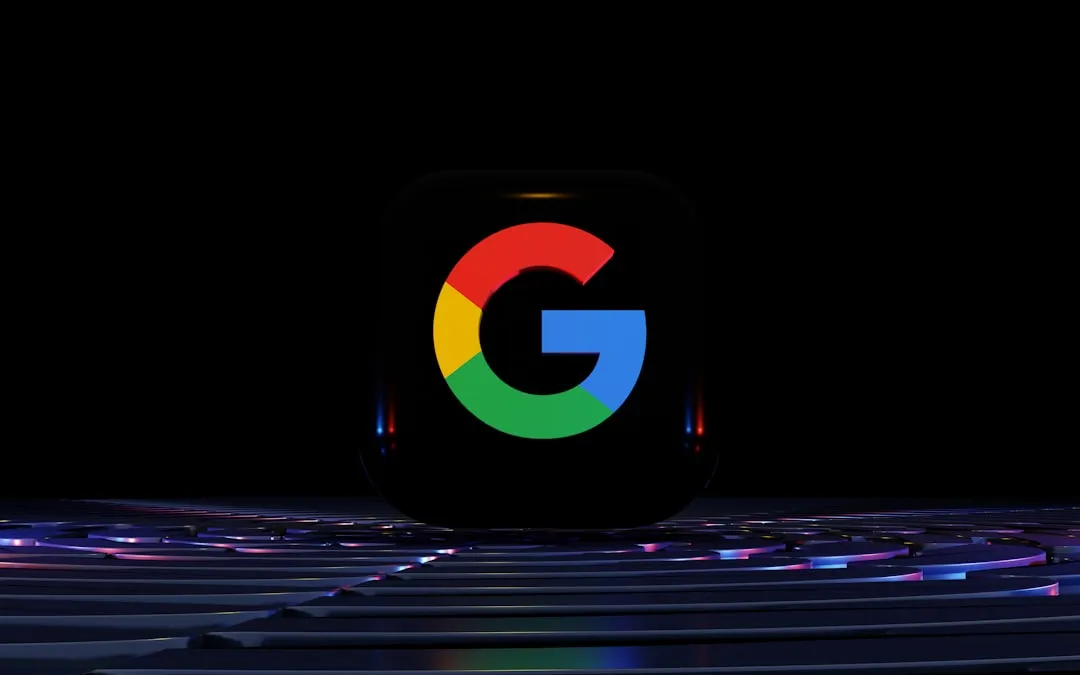
Comments
Be the first, drop a comment!